How a microphone works, types of microphones
Special electro-acoustic devices called microphones are used to convert sound vibrations into electric current. The name of this device is related to a combination of two Greek words, which are translated as "small" and "voice".
A microphone is a converter of acoustic vibrations in the air into electrical vibrations.
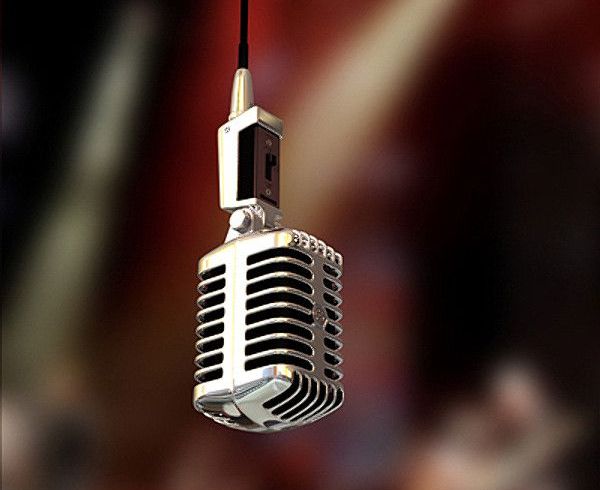
The principle of operation of the microphone is that sound vibrations (actually air pressure fluctuations) affect the sensitive membrane of the device, and already the vibrations of the membrane cause the generation of electrical vibrations, since it is the membrane that is connected to the part of the device that generates electrical current, the device of which depends on the type of specific microphone.
In one way or another, today microphones are widely used in various fields of science, technology, art, etc. They are used in audio equipment, in mobile gadgets, used in voice communication, voice recording, in medical diagnosis and in ultrasound research.they serve as sensors, and in many, many other areas of human activity, one simply cannot do without a microphone in one form or another.

Microphones have different designs, because in different types of microphones different physical phenomena are responsible for generating electrical oscillations, the main ones being: electrical resistance, electromagnetic induction, change in capacity and piezoelectric effect... Today, according to the principle of the device, three main types of microphones can be distinguished: dynamic, condenser and piezoelectric. However, carbon microphones are also available in some places so far, and we will start our review with them.
Carbon microphone
In 1856, a French scientist Du Monsel published his research, which demonstrated that even with a small change in the contact area of graphite electrodes, their resistance to the flow of electric current changes quite significantly.
Twenty years later, an American inventor Emil Berliner created the world's first carbon microphone based on this effect. This happened on March 4, 1877.
The operation of the Berliner microphone was precisely based on the property of contacting carbon rods to change the resistance of the circuit due to a change in the conductive contact area.
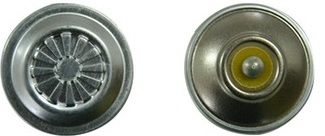
Already in May 1878, the development of the invention was given David Hughes, who installed a graphite rod with pointed ends and a membrane fixed to it between a pair of carbon cups.
When the membrane vibrates from the action of sound on it, the contact area of the rod with the cups also changes, and so does the resistance of the electrical circuit to which the rod is connected. As a result, the current in the circuit changed after the vibrations of the sound.
Thomas Alva Edison went even further—he replaced the rod with coal dust. The author of the most famous design of the carbon microphone is Anthony White (1890). It is these microphones that can still be found in the headsets of old analog telephones.
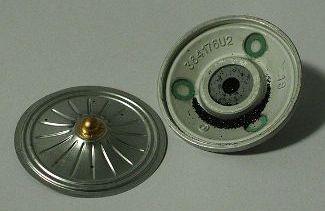
The carbon microphone is designed and works as follows. The carbon powder (granules) enclosed in a sealed capsule is located between the two metal plates. One of the plates on one side of the capsule is connected to the membrane.
When sound acts on the membrane, it vibrates, transmitting the vibrations to the carbon dust. The dust particles vibrate, changing the area of contact with each other from time to time. Thus, the electrical resistance of the microphone also fluctuates, changing the current in the circuit in which it is connected.
The first microphones were connected in series with a galvanic battery as a voltage source.
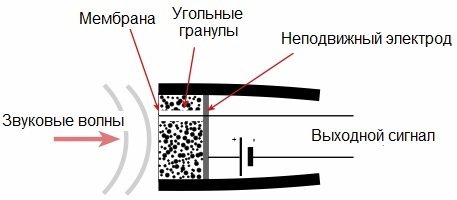
When such a microphone is connected to the primary winding of the transformer, it is possible to eliminate the sound that fluctuates in time with the sound acting on the membrane from its secondary winding voltage… The carbon microphone has a high sensitivity, which makes it possible in some cases to use it even without an amplifier. Although the carbon microphone has a significant drawback — presence of significant non-linear distortions and noise.
Condenser microphone
The condenser microphone (which is based on the principle of changing electrical capacity under the influence of sound) was invented by an American engineer Edward Wente in 1916The capacitor's ability to change capacitance depending on the change in the distance between its plates was already well known and studied at that time.
So, one of the condenser plates acts here as a thin movable membrane sensitive to sound. The membrane turns out to be light and sensitive due to its thinness, since thin plastic with the thinnest layer of gold or nickel is traditionally used for its production. Accordingly, the second capacitor plate must be fixed stationary.
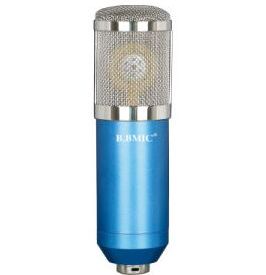
When the alternating sound pressure acts on a thin plate, it causes it to vibrate—or move toward, then away from, the second capacitor plate. In this case, the electrical capacity of such a type of variable capacitor varies and changes. As a result, in the electrical circuit in which this capacitor is included, electricity oscillation repeating the shape of the sound wave falling on the membrane.
The operating electric field between the plates is created either by an external voltage source (eg a battery) or by initially applying a polarized material as a coating for one of the plates (an electret microphone is a type of condenser microphone).
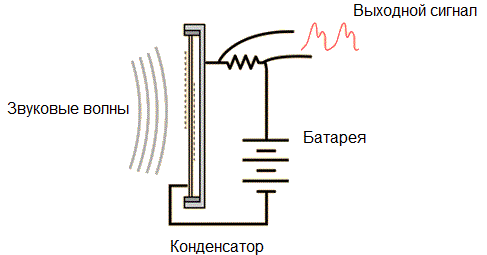
A preamplifier must be used here, since the signal is very weak, since the change in capacitance from the sound turns out to be extremely small, the membrane vibrates barely perceptibly. When the preamplifier circuit increases the amplitude of the audio signal, the already amplified signal is then routed to the amplifier… Hence the first advantage of condenser microphones — they are super sensitive even at very high frequencies.
Dynamic microphone
The birth of a dynamic microphone is the credit of German scientists Gervin Erlach and Walter Schottky… In 1924 they introduced a new type of microphone, the dynamic microphone, which far outperformed its carbon predecessor in terms of linearity and frequency response, and surpassed its condenser counterpart in its original electrical parameters. They placed a corrugated ribbon of very thin (about 2 microns thick) aluminum foil in a magnetic field.
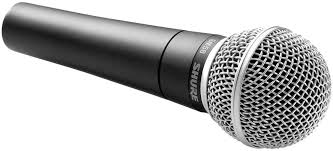
In 1931, the model was improved by American inventors. Tøres and Vente… They offered a dynamic microphone with an inductor… This solution is still considered the best for recording studios.
The dynamic microphone is based on phenomenon of electromagnetic induction… The membrane is attached to a thin copper wire wrapped around a light plastic tube in a permanent magnetic field.

Sound vibrations act on the membrane, the membrane vibrates, repeating the shape of the sound wave, while transmitting its movements to the wire, the wire moves in a magnetic field and (in accordance with the law of electromagnetic induction) an electric current is induced in the wire, repeating the shape of the sound, falling on the membrane.
Since a wire with a plastic support is a fairly light construction, it turns out to be very mobile and very sensitive, and the alternating voltage induced by electromagnetic induction is significant.
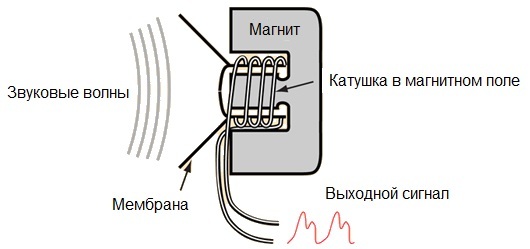
Electrodynamic microphones are subdivided into coil microphones (equipped with a diaphragm in the annular gap of the magnet), ribbon microphones (in which corrugated aluminum foil serves as the coil material), isodynamic, etc.
The classic dynamic microphone is reliable, has a wide range of amplitude sensitivity in the audio frequency range, and is inexpensive to manufacture. However, it is not sensitive enough at high frequencies and reacts poorly to sudden changes in sound pressure — these are two of its main drawbacks.
A dynamic ribbon microphone differs in that the magnetic field is created by a permanent magnet with pole pieces, between which there is a thin aluminum strip, which is a substitute for copper wire.
The tape has high electrical conductivity, but the induced voltage is small, so it must be added to the circuit step up transformer… A useful audible signal is removed in such a circuit by the secondary winding of the transformer.
A ribbon dynamic microphone exhibits a very uniform frequency range unlike a conventional dynamic microphone.
As a permanent magnet material, microphones use hard magnetic alloys with high residual induction (eg NdFeB). The body and ring are made of soft magnetic alloys (e.g. electrical steel or permaloid).
Piezoelectric microphone
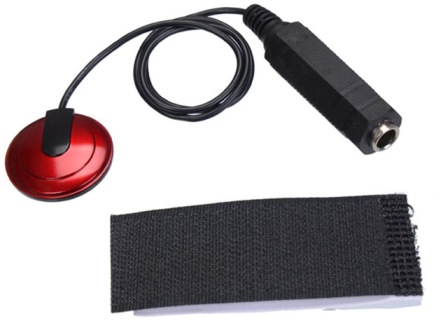
A new word in audio technology was spoken by the Russian scientists Rzhevkin and Yakovlev in 1925. They proposed a fundamentally new approach to converting sound into current oscillations — a piezoelectric microphone. The action of sound pressure is exposed to piezoelectric crystal.
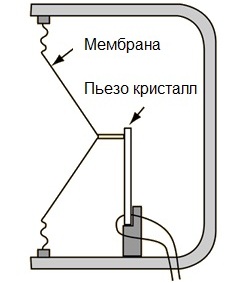
The sound acts on a membrane connected to a rod, which in turn is attached to a piezoelectric. The piezo crystal is deformed under the action of vibrations of the rod, and a voltage appears at its terminals, repeating the shape of the incident sound. This voltage is used as a useful signal.
